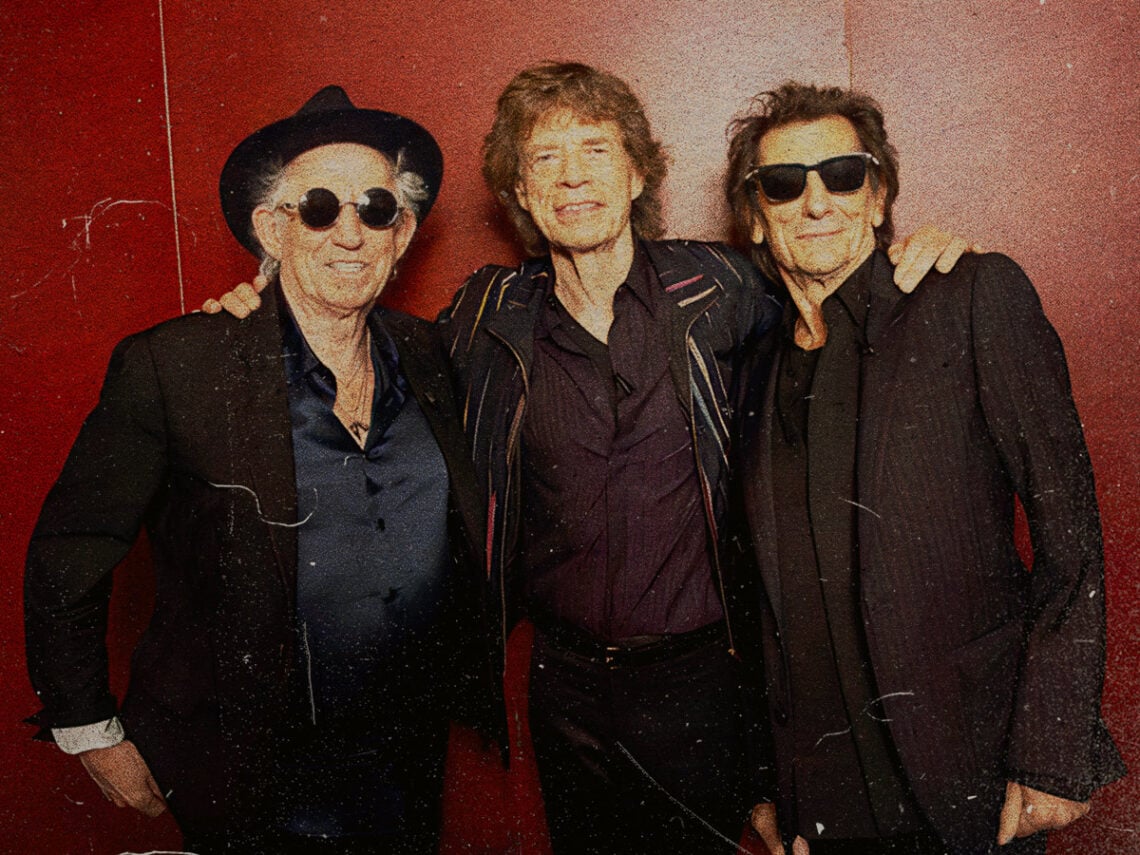When you have lived a life as interesting as The Rolling Stones, there are endless opportunities and resources from which you can draw musical inspiration. By using what is available, their songwriting ability is something that has never seemed to let up. Recent singles (by comparison) such as ‘Doom and Gloom’ as well as their latest album, Hackney Diamonds, still turn the heads of rock fans everywhere.
But where does this continued songwriting ability come from? The truth is, The Rolling Stones have never really had a ‘process’; they write what comes to mind and allow whatever is happening in their lives at that moment to play a part.
Keith Richards recently held an interview in which he talked about some of The Rolling Stones’ most iconic songs, revealing the interesting influences behind them. As it turns out, some of the reasons why riffs were played, or lyrics were born, aren’t just noteworthy; they’re downright bizarre.
This is a list of the five strangest stories surrounding classic tracks that make up the Stones discography.
Bizarre inspiration behind Rolling Stones songs:
‘Satisfaction’ – horns, fuzz and accidental hits
You won’t find a Rolling Stones fan (or fan of music in general, really) who hears the intro guitar riff to ‘Satisfaction’ and doesn’t at the very least start tapping their feet. That’s why it’s so surprising to hear that the riff was never supposed to be a big guitar piece and instead was been reserved for a horn section. When the track was released, it was before Richards could add the finishing touches.
“It’s an obvious horn riff,” he said about the intro, “This new Fuzz Tone pedal arrived in the studio from the local dealership or something, I said ‘oh, this is good. It’s got a bit of sustain, so I can use it to sketch out the horn line.’ So we left the track and went back out on the road. And two weeks later I hear it on the radio. I said, ‘no, that’s just a demo!’ they said, ‘no, it’s a hit.’”
‘Paint It, Black’ – the discovery of the sitar
It’s not unusual for musicians to discover a new effect and want to shape a song around it, but it is slightly odd for one of your band’s biggest hits to come from one member discovering a new love for the sitar. “Brian [Jones] got into the sitar and used it on a few things,” said Richards, “I found it an interesting instrument, the idea of the sympathetic strings underneath that resonates to the strings on top.”
The sitar creates an enticing introduction to the Rolling Stones classic, one which eases listeners in and pricks up their ears. This is added to with the organ sounds played on top throughout the song, which again came from musical experimentation. “Bill Wyman was also instrumental to the sound of ‘Paint It Black’ by adding the organ pedals. That song is another one of those semi-gypsy melodies we used to come up with back then. I don’t know where they come from. Must be in the blood.”
Jumping Jack Flash’ – thank the gardener
The song ‘Jumping Jack Flash’ came to Mick Jagger and Richards towards the end of an all-nighter. Footsteps could be heard, and just one question from Jagger was enough to inspire the hit. “This guy, Jack Dyer, who was my gardener,” says Richards, “Mick and I were in my house down in the south of England. We’d been up all night; the sky was just beginning to go grey. It was pissing down raining, if I remember rightly.”
Richards goes on to describe the formation of the song, which sounds pretty much improvised. “Suddenly Mick starts up. He hears these great footsteps, these great rubber boots… he said ‘what’s that?’ and I said, ‘oh that’s Jack. That’s jumpin Jack.’ We had my guitar in open tuning, and I started to fool around with that.”
.‘Miss You’ – too many nightclubs
You would think that before settling down to write a hit song, there would be a big discussion about tempo, direction and key; well that wasn’t the case on ‘Miss You’. One day, Mick Jagger simply walked into the studio and proclaimed to the room, “Let’s try this disco shit out.”
“I think he’d been to too many nightclubs, actually,” said Richards, “The guitar riff basically suggested itself from the melody Mick was singing. I just shadowed that and ran it behind the voice. It’s just a piece of fun, that song.”
‘Sympathy for the Devil’ – never supposed to be a samba
Bob Dylan was a huge influence on many a voice throughout the music world, so it’s hardly a surprise to hear that he had an impact on The Rolling Stones too. What is surprising is to hear which song he was a major influence on. When Jagger originally put ‘Sympathy for the Devil’ to the group, it had a much different feel to it, one which has since been drowned out by the sound of bongos and dancing shoes.
“Mick brought that to the studio as a very Bob Dylanish kind of folk guitar song,” said Richards, “It ended up as a damned samba. I think that’s the strength of the Stones: give them a song half raw and they’ll cook it.”



